NASA warns of 190-foot asteroid rushing towards Earth, reveals top speed, trajectory
A humongous 190-foot asteroid is heading towards Earth and it could make a close approach as soon as today! Is there cause for worry? How close will it get?
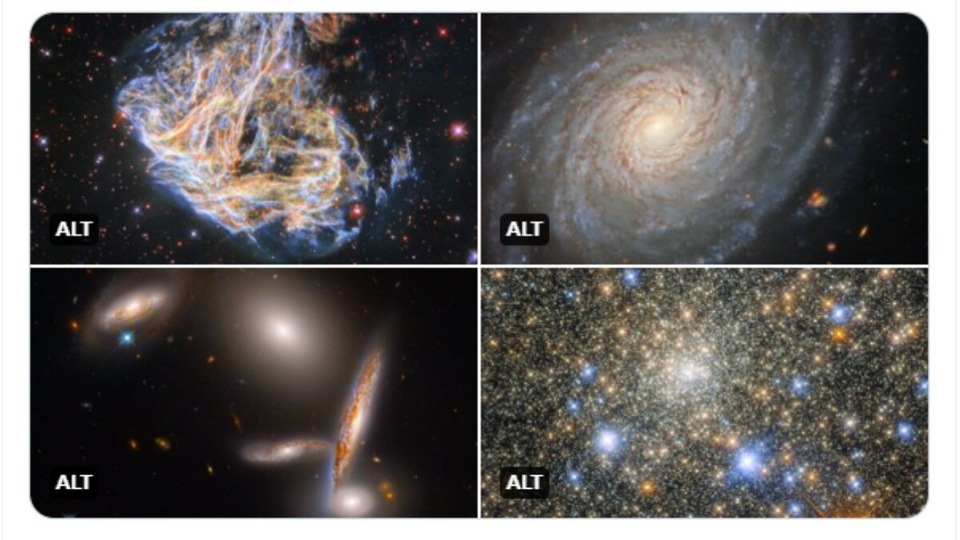
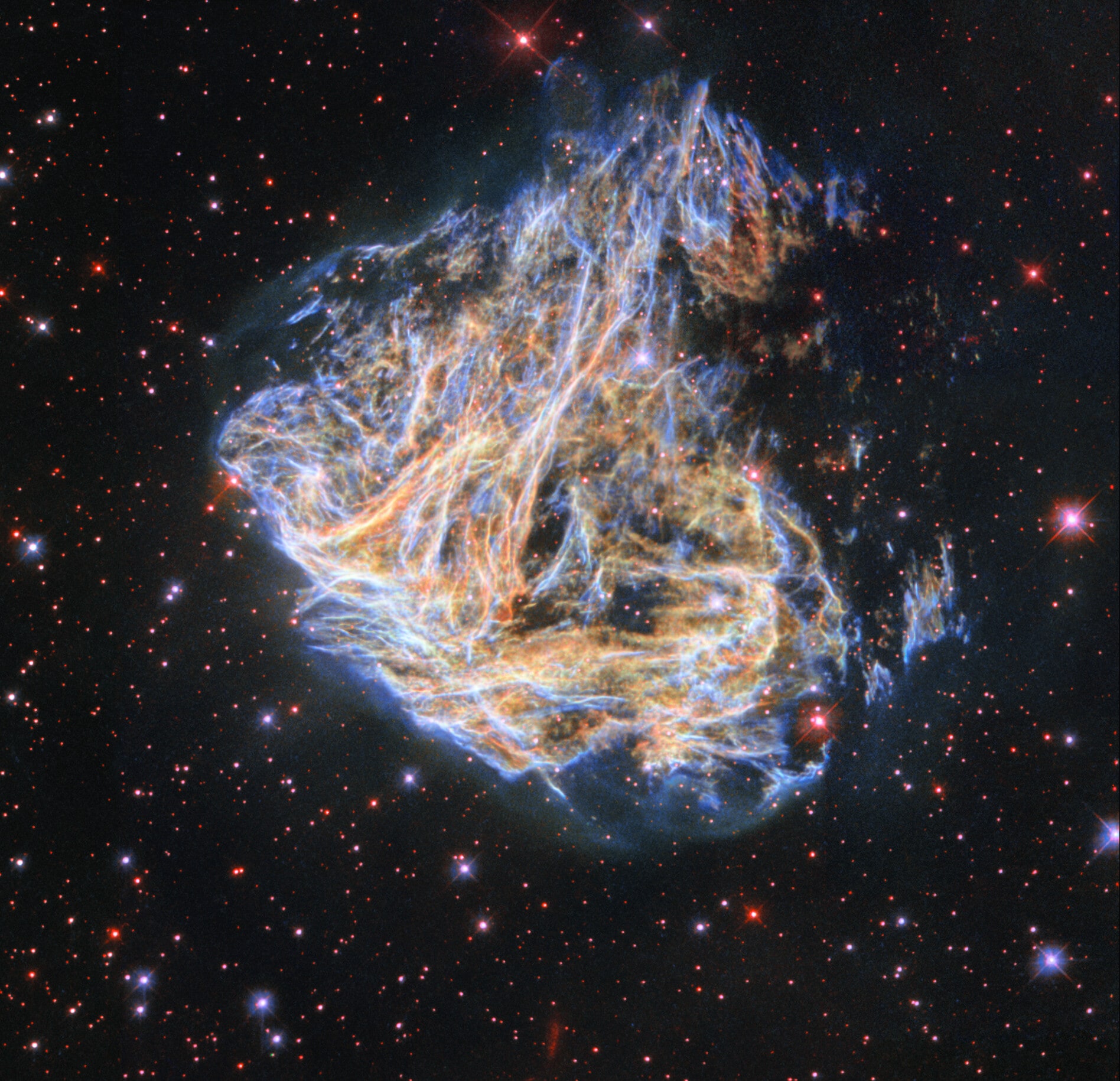
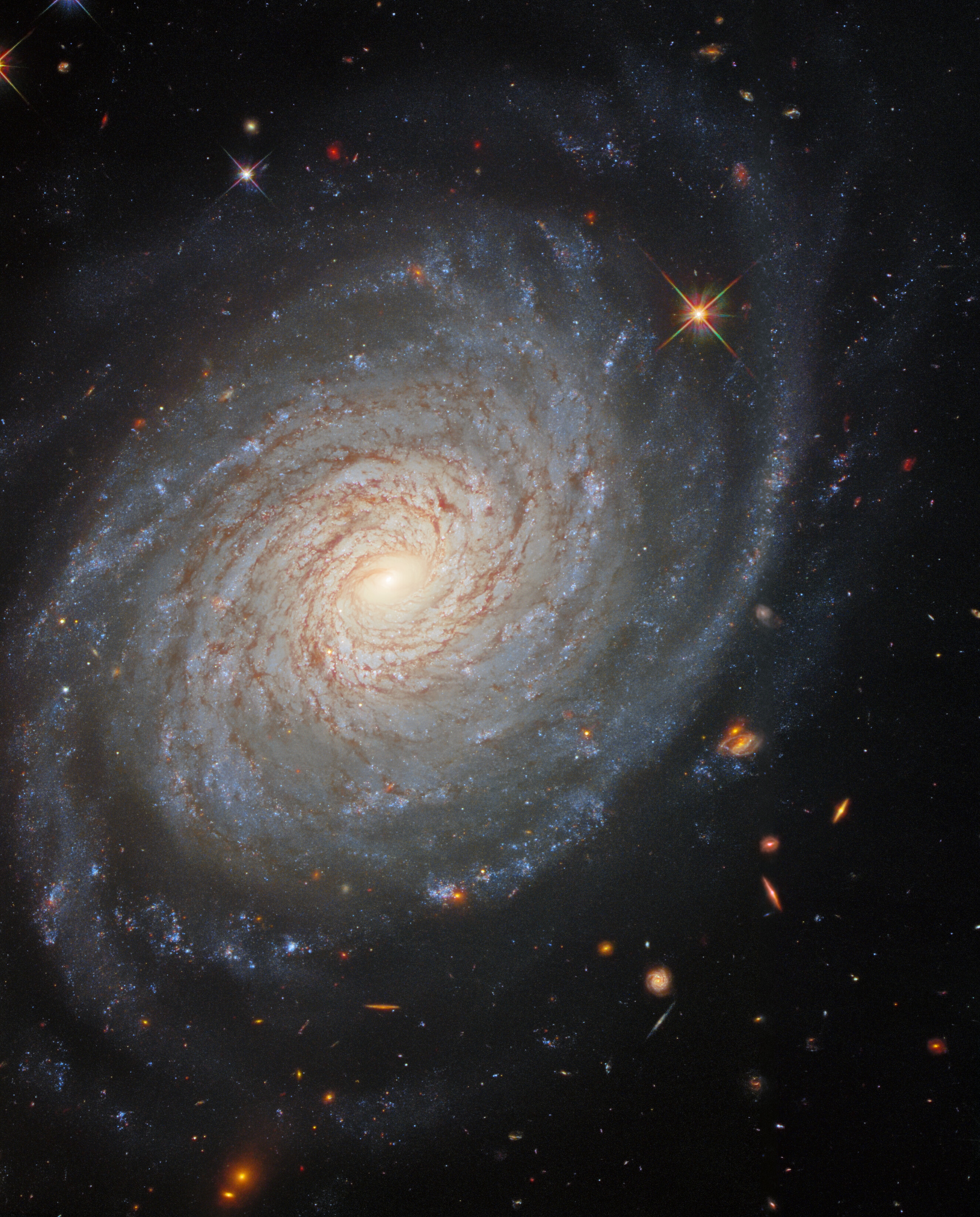
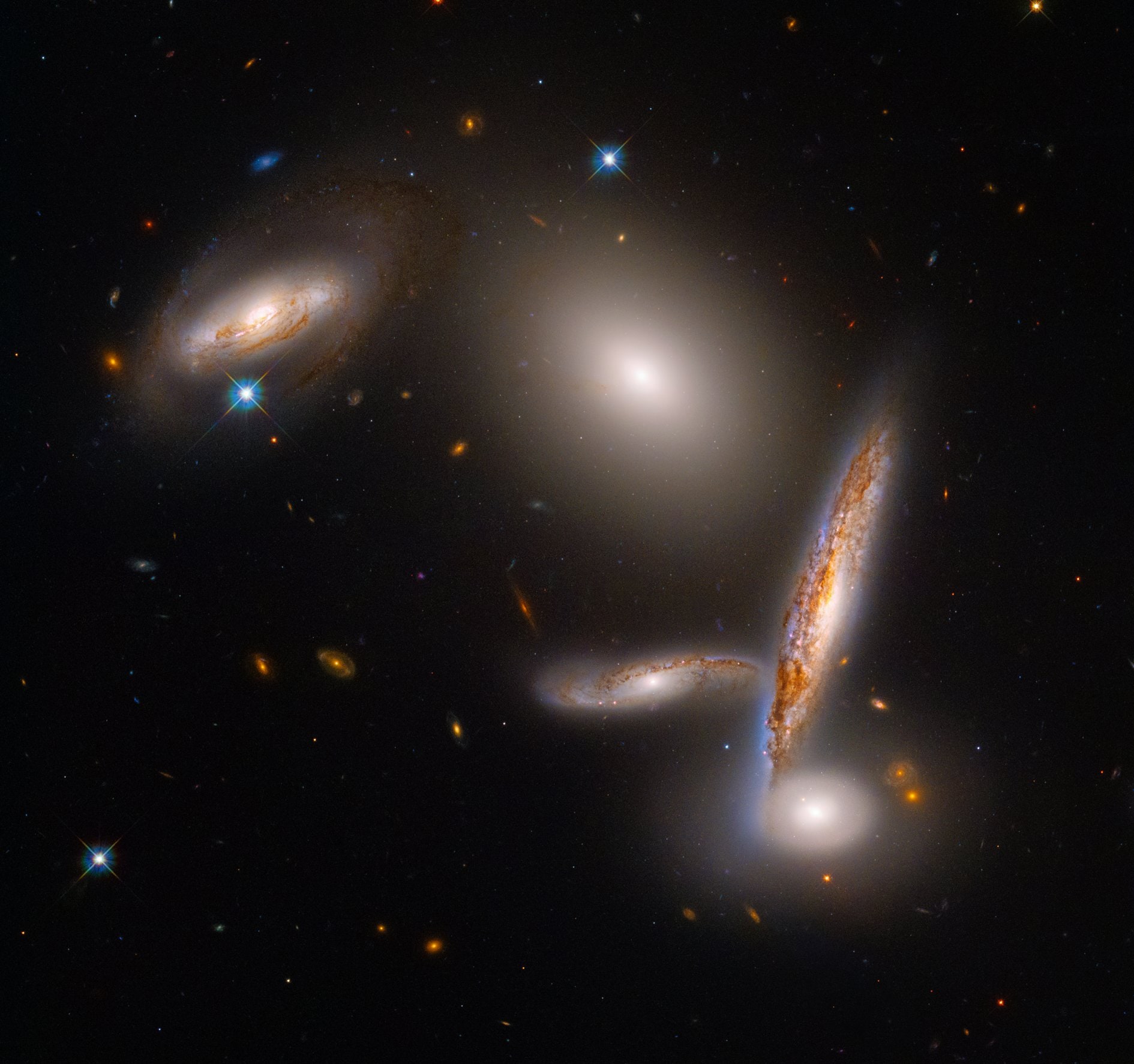

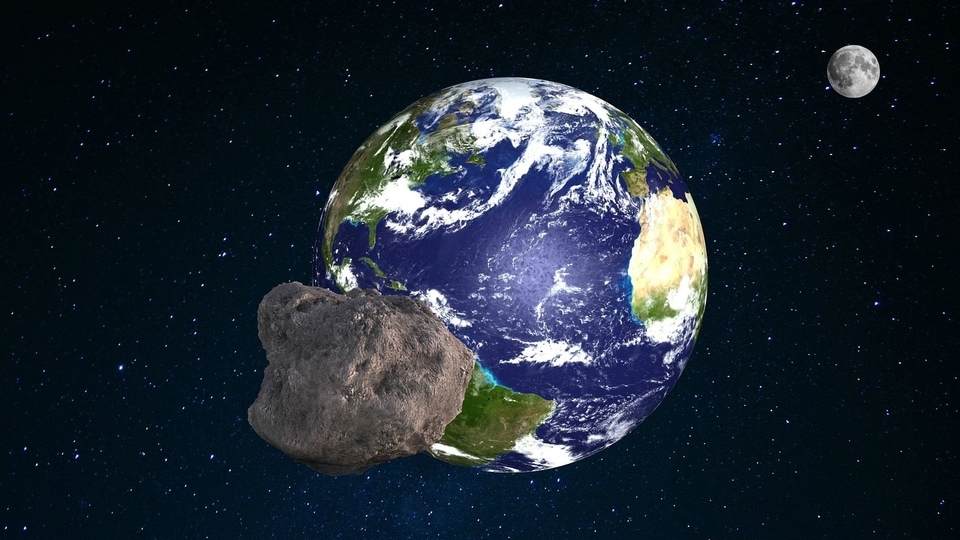
 View all Images
View all ImagesNASA's Near-Earth Object Wide Field Infrared Survey Explorer (NEOWISE) completes its trip around the Sun every 12 months, like Earth. The survey telescope takes images throughout its journey which are then stitched together to form a sky-map, according to NASA. This sky-map shows the positions and the brightness of millions of celestial objects in space. NEOWISE also helps scientists keep a watch for any asteroids which could potentially impact the Earth. And new ones are being found frequently. NASA has now issued an asteroid warning for an asteroid which is heading for Earth today.
Asteroid 2019 AY3 details
NASA's Planetary Defense Coordination Office has issued an alert against an asteroid named Asteroid 2019 AY3. The humongous 190 feet wide asteroid, similar to the size of a commercial aircraft, is expected to fly past Earth today, January 4, at a distance of 6.4 million kilometers. The asteroid is already on its way towards Earth, travelling at a staggering speed of 71704 kilometers per hour, making it one of the fastest asteroids to fly close to Earth in the past few days.
Although this asteroid is not expected to impact Earth, but even a slight deviation in the asteroid's path due to interaction with the planet's gravitational field could change its trajectory and send it tumbling towards Earth's surface with catastrophic consequences.
Most of these asteroids are observed with the help of the NEOWISE Project which repurposed NASA's Wide-field Infrared Survey Explorer to work as a survey telescope and scan the sky for Near-Earth Objects. NASA then uses its ground-based radar to gather precise data about the asteroid's path and its characteristics.
NASA's sky-map
As of now, NASA has stitched 18 sky maps together using the images captured by the NEOWISE, with 19th and 20th maps to be released around March 2023. With the help of these maps, NASA scientists have created a time-lapse of the sky, showing the changes in position of numerous celestial objects, spanning across the last decade.
This move will help in better understanding of our Universe and enable scientists to study the changes in positions and brightness of space objects in the last decade. This is called Time-Domain Astronomy.
Catch all the Latest Tech News, Mobile News, Laptop News, Gaming news, Wearables News , How To News, also keep up with us on Whatsapp channel,Twitter, Facebook, Google News, and Instagram. For our latest videos, subscribe to our YouTube channel.































